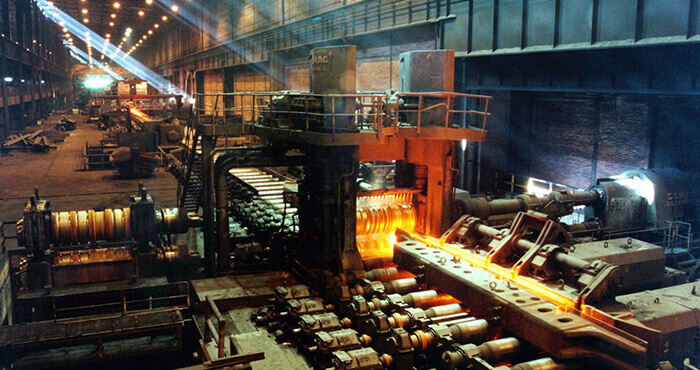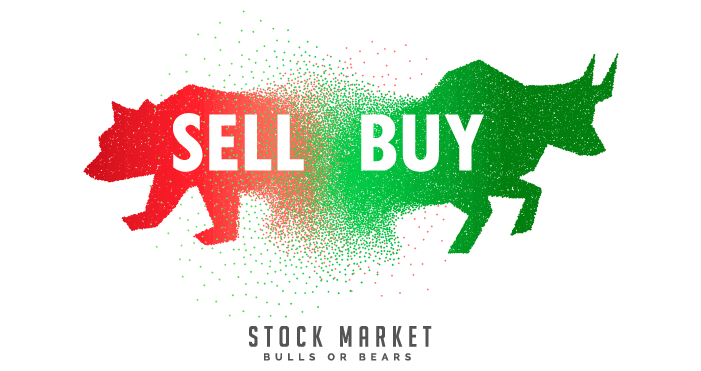E-GROCERY IN INDIA

E-GROCERY IN INDIA
Over the last decade, the Indian food and grocery market has been growing at over 10+% year over year driven by GDP growth, population growth, growth in average disposable income etc. However, the most critical factor for such a growth is the integration of technology. As per various estimates, the online grocery market has grown at 25x to 30x and reached the $3 billion mark. Nationwide lockdowns have added the fuel to the growth with surge in app visits & daily orders of e-Grocers.
In this article, we will do deep and understand the business models with the e-grocery market.
Before we understand the business models, let us understand the customer segments. Households who use e-grocery services fall in two categories – value first and convenience first
Value first customers are conscious about pricing, discounts, and return/exchange policies. Surveys indicate that almost 65% of Indian households are value first customers. They have lower income and therefore do not (or cannot) prioritize wider, exotic assortment and faster access. They seek, best priced products under discount, cash back offers, and sales.
Convenience first customers seek a wider product basket in one place, lesser crowds or waiting time, and product quality/assortment. They mostly generate higher margin given their tendency to shop for higher-priced products
You may think the unit economics, that is profit per order or profit per customer is better with convenience first customers. However, in reality, that’s not the case. The unit economics of serving a value first household are more promising than Convenience first. Yes, the e-retailer loses on gross margin, this is offset by the impact of increasing share of private brands and higher average order value. A value first customer will feel good buying an amazon branded t-shirt, but a convenience first will not!
There are three types of players operating in the e-Grocery space:
- Market place: E-commerce players like Amazon and Flipkart are entering into e-grocery space to tap the humungous opportunity. Amazon is leveraging both inventory-led and the hyperlocal model to serve this category via three channels – Amazon Pantry, Amazon Fresh, and Amazon Now. Flipkart caters through two channels – Flipkart Supermart and Flipkart Quick, it uses inventory model for the Supermart platform and hyperlocal model for Quick li
- Specialist: These players operate only in the e-Grocery segment and have strong customer recall. It includes – Big Basket and Grofers which focuses on an inventory-led model, niche players like Milkbasket and Supr Daily which caters to dairy and select products in limited regions, and Licious in meat products. New entrants like Dunzo and Swiggy are leveraging the hyperlocal model given its lower capex requirement
- Offline players moving to Omni-channel: Reliance Retail Ventures Limited (RRVL), DMart, Spencer’s Retail, and Star Bazaar are entering this segment. RRVL launched its online platform JioMart and DMart launched DMart Ready stores in selected cities. Among the brick and mortar players RRVL’s JioMart have been the most agile and aggressive to tap this huge growth opportunity by leveraging its strong offline presence to act as a distribution centre. JioMart’s policy of 5% minimum discount on MRP and no minimum order requirement, along with free delivery, led to significant growth.
Now, let’s understand the business models we discussed above.
First, Inventory-led model. This model requires high initial investment as the retailer needs to deploy its capital to procure and store inventory. This leads better profit margin. Because, the inventory is on the balance sheet, these players offer a wider product range, with stringent quality checks, to attract customers and reduce delivery timelines. Companies like Big Basket, Grofers, DMart Ready, and JioMart utilize this model.
The other model is Hyperlocal model. It is used bynewentrants like Dunzo and Swiggy. In March 2019, Swiggy entered into this space and commenced operations from Gurugram by partnering with 3,500 stores. Dunzo, which is backed by Google, raised ~$70 million in two rounds. JioMart is also planning to utilize this model to increase its reach in smaller towns. In this model, players partner with local kirana stores to offer last-mile delivery from these stores and outlets. This model enjoys higher customer confidence as they know from where the products are being sourced and also allows players to maintain a capex light model. It addresses the issue of logistic cost and significantly reduces delivery time – a key problem in the case of the inventory model, owing to the perishable nature of the inventory. That being said,the drawback of this model is the restricted ability to conduct inventory checks. Also, margins tend to be lower as it is delivered from Kirana store to customer location, and overall margins are split between the hyper local player and Kirana owner.
And as you’d have expected, the next model is the Hybrid model. This offers features of both inventory and a hyperlocal model as players purchase inventory and store it locally in dark stores, and provide last mile delivery. Flipkart and Big Basket are opening dark stores to leverage this model. Many offline players are also linking their brick and mortar stores with inventory online, which could offer a huge growth potential via this Omni-channel
Needless to say, all these business models require substantial investment to acquire customers. It will be interesting to see how these firms can turn profitable not just at the gross profit level, but the EBITDA and net income levels. At the end of the day, that’s what investors care about. They can wait, but not forever!
Related Posts

SPECIALTY CHEMICALS MARKET IN INDIA
SEP 27, 2021 - IN INDUSTRY ANALYSIS
Global Specialty Chemicals market size is pegged at ~$805 bn and is expected to reach $1.2 tn by 2025 (a 6.4% CAGR). Globally, ~25% of the total specialty chemicals production is exported, totaling to ~$200 bn.

UNDERSTANDING THE STEEL RALLY
JUL 29, 2021 IN INDUSTRY ANALYSIS
A sector which has remained in the limelight for the last 12 months, for good reasons, is Indian steel sector. Share prices of the leaders – Steel Authority of India and Tata Steel are up over 250% in the last 12 months. So, let’s understand why.

INDIAN EQUITIES
JUL 29, 2021 IN EQUITY MARKET
When it comes to Indian equity markets, our eyes focus on two benchmark indices. With Nifty 50 Index around 15,700 and BSE Sensex around 52,000, there was another milestone, which we hit – that is linked to market capitalization.